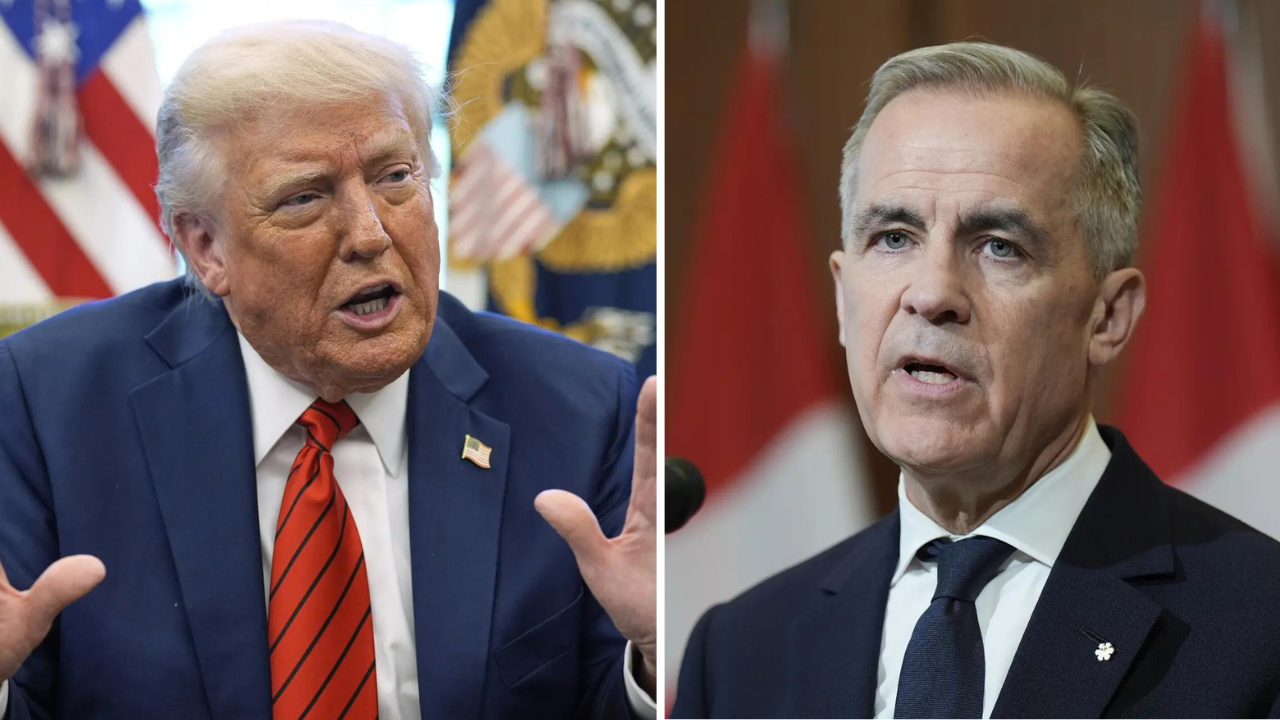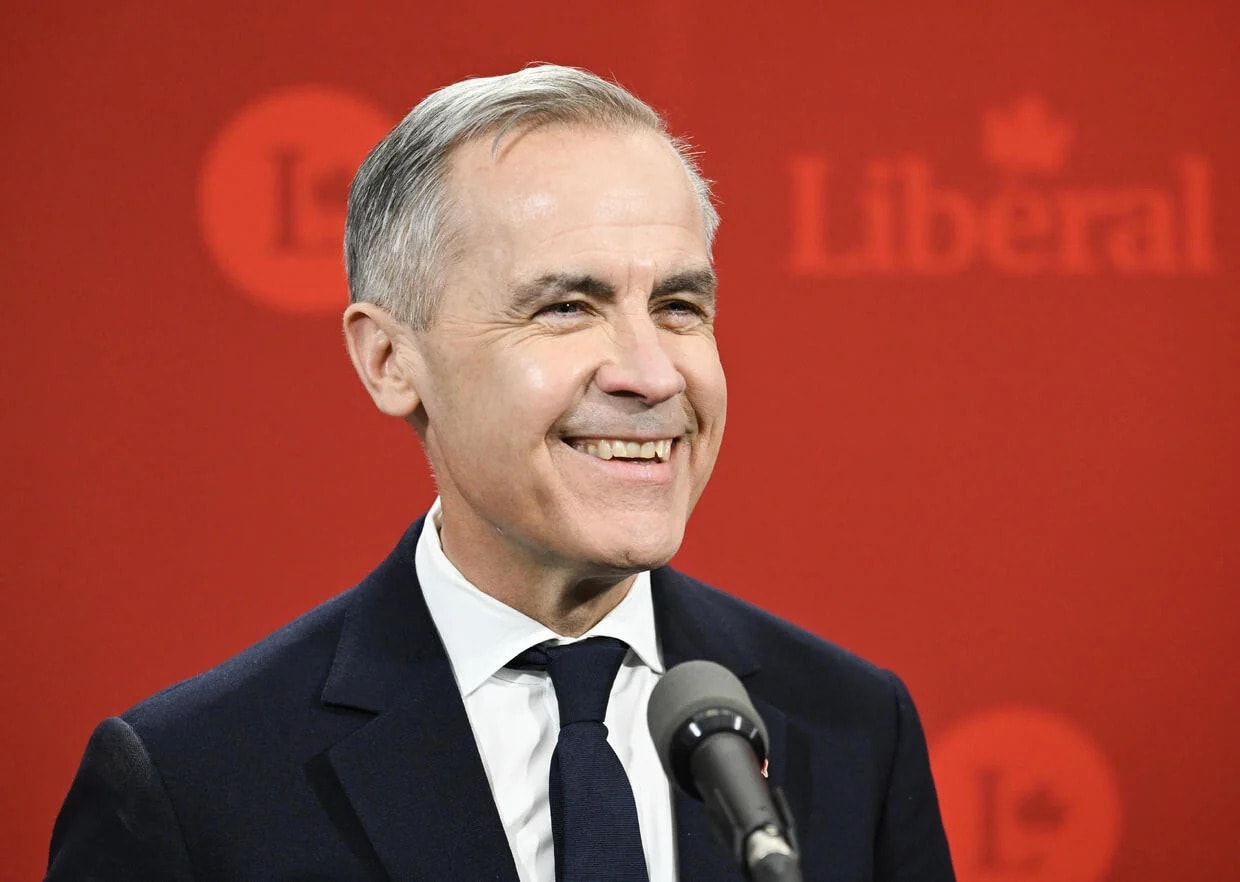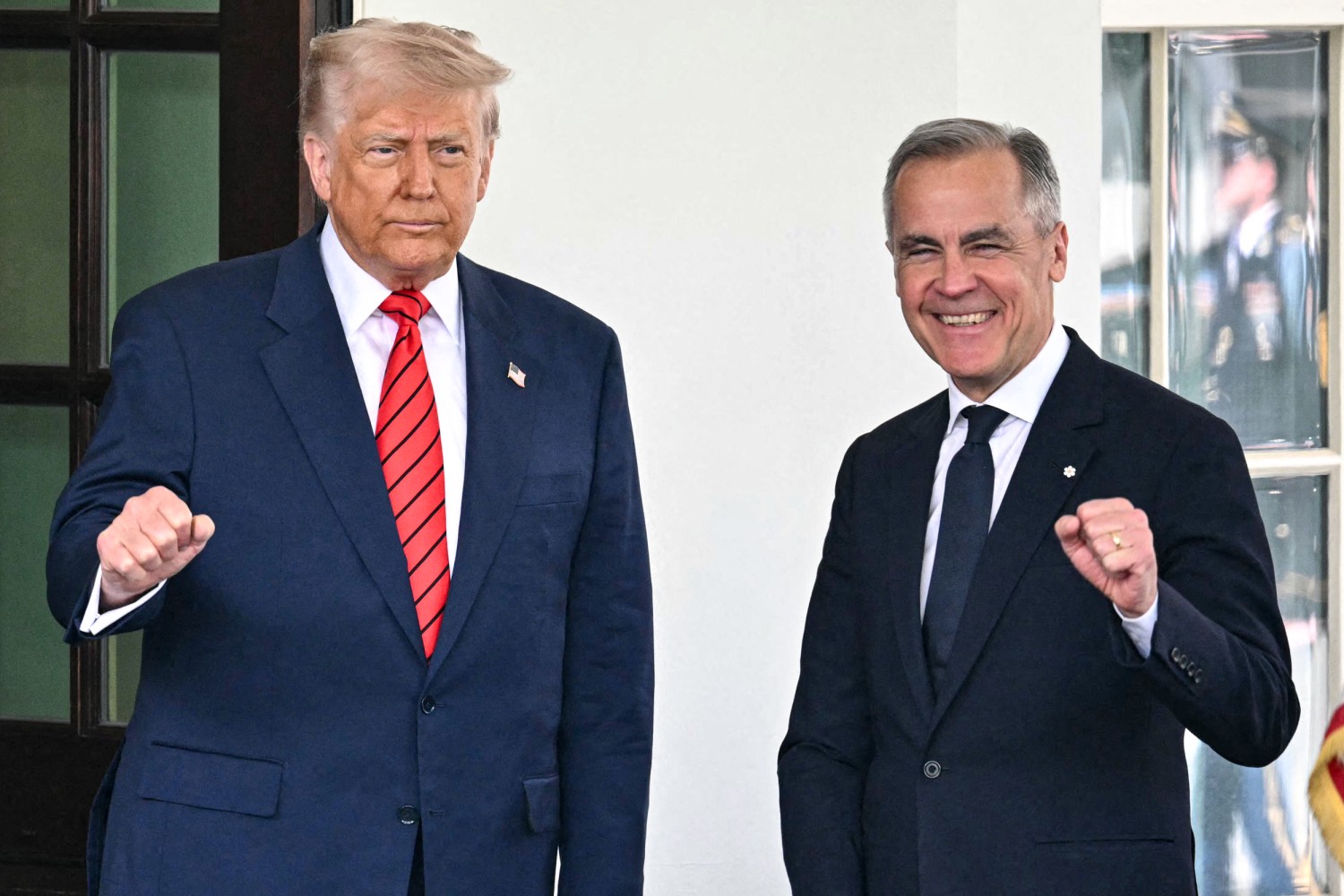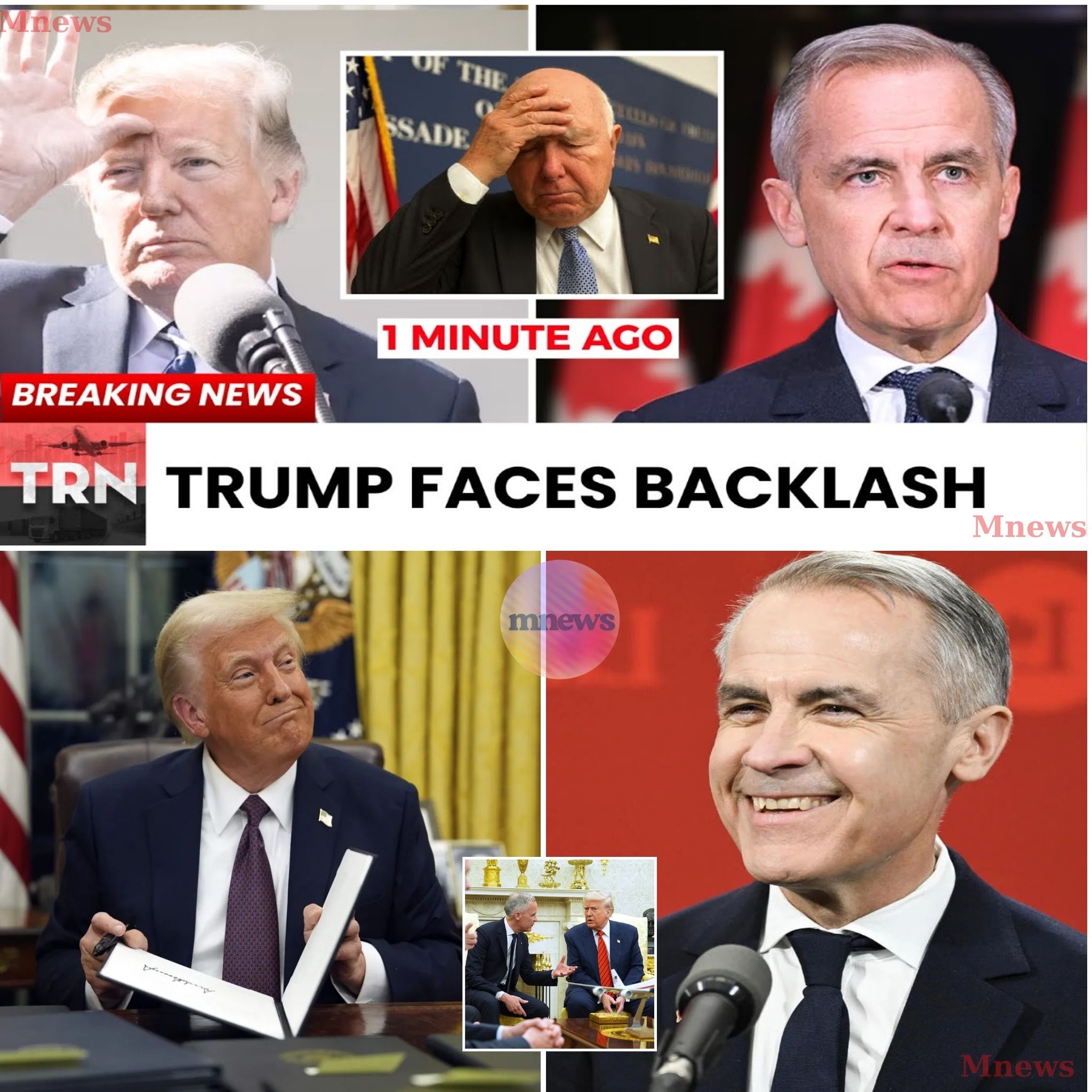In a stunning geopolitical shift, Canada is positioning itself as an investment haven for allies, while the Trump administration’s aggressive tariff policies backfire, pushing partners like Ireland closer to Ottawa. Prime Minister Mark Carney’s recent diplomatic tour underscores a growing trend: nations are seeking alternatives to U.S. markets as Washington’s trade strategy creates uncertainty and instability.

The backdrop of this realignment is the Trump administration’s imposition of reciprocal tariffs, which have been met with resistance from traditional allies. As the U.S. enforces tariffs on a range of goods, including a 100% surcharge on branded pharmaceuticals, countries are recalibrating their trade relationships. Ireland’s Prime Minister has publicly declared that aligning with Canada is the “obvious choice” in light of U.S. tariffs, a sentiment that reflects a broader sentiment among European nations.

This pivot is not just a reaction to tariffs; it is a strategic move to mitigate risks associated with reliance on the American market. Ireland’s trade with Canada has already doubled over the past seven years, and the Irish government is prepared to ratify the Comprehensive Economic and Trade Agreement (CETA) formally this year. Irish leaders are actively inviting Canadian firms to participate in major infrastructure projects, such as Dublin’s new metro system, while also eyeing opportunities within Canada’s own infrastructure spending.
The ramifications of this shift are profound. As Europe recalibrates its trade strategies, the U.S. risks losing its leverage over allies. The original intent of the tariff strategy was to redirect investment and supply chains back to the U.S., but instead, it is fostering deeper ties between Canada and European nations. This trend is underscored by Carney’s meetings in London and other European capitals, indicating that countries are no longer waiting for relief from Washington; they are proactively seeking new partnerships.
Moreover, the consequences of Trump’s tariffs are already being felt domestically. Higher costs for goods, from furniture to pharmaceuticals, are likely to burden American consumers and industries. The longer-term impact may see contracts and investments shifting away from the U.S. to Canada and Europe, as firms prioritize predictability over the current chaos of U.S. trade policy.

The U.S. administration’s recent demands for Canada and NATO allies to impose steep tariffs on China in exchange for sanctions against Russia further complicate the landscape. These requests, perceived as unrealistic and economically damaging, illustrate a fundamental disconnect between U.S. policy and the realities faced by its allies. Canada, having already acted independently by imposing tariffs on Chinese electric vehicles, is now in a position to assert its interests rather than simply comply with U.S. directives.
In the midst of this trade rupture, Canada is taking bold steps to strengthen its economic sovereignty. The establishment of a new major projects office aims to streamline the approval process for critical infrastructure projects, signaling Ottawa’s intent to bolster its own energy and trade capabilities. This initiative includes significant projects like LNG Canada’s expansion and the development of critical minerals, all while prioritizing Canadian resources and labor.

As Canada moves to diversify its energy exports and reduce reliance on the U.S. market, the implications for U.S.-Canada relations are significant. The very tariffs intended to constrain Canada may inadvertently empower it, allowing Ottawa to build stronger economic ties with other nations, particularly in Europe and Asia.
In conclusion, as the U.S. grapples with the fallout of its tariff strategy, Canada is seizing the moment to redefine its role on the global stage. The unfolding dynamics signal a potential shift in trade relationships that could reshape North American and transatlantic ties for years to come. The real test will be whether Canada can translate this moment of crisis into a foundation for lasting economic strength, while the U.S. must reckon with the consequences of its aggressive trade policies.




